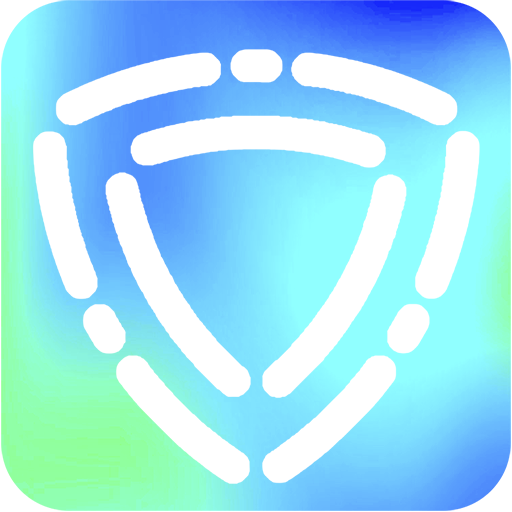
Though three positions are sufficient to determine the TCP, a fourth position can be used to further verify the calculation is correct. If they are not sufficiently diverse, the status LED above the buttons turns red.
The positions must be sufficiently diverse for the calculation to work correctly. Use the Set button to apply the verified coordinates to the appropriate TCP. Use the position arrows on the right side of the screen to move the TCP from at least three different angles and to save the corresponding positions of the tool output flange. TCP position coordinates can be calculated automatically as follows:Ĭhoose a fixed point in the workspace of the robot. The green icon in the available drop-down menu indicates the default configured TCP. Select the desired TCP and tap Set as default to set a TCP as the default. The Default TCP must be set as the active TCP before running a program. The active TCP can be changed using a Move command (see Command: Move) or a Set command. When moving linearly, the robot always uses the active TCP to determine the TCP offset. The new TCP is available in the dropdown menu. Tap the to define a new TCP with a unique name. You can start configuring a new TCP with the following actions: Adding, renaming, modifying and removing TCPs Similar to the Move Tab, use the Units drop down menu above the RX, RY, RZ boxes to select the orientation coordinates (see Pose Editor Screen).
The RX, RY, RZ coordinate boxes specify the TCP orientation. When all values (including orientation) are zero, the TCP coincides with the center point of the tool output flange and adopts the coordinate system depicted on the screen. The X, Y, Z coordinates specify the TCP position.

When programmed for linear motion, the TCP moves linearly. When programmed to return to a previously stored waypoint, a robot moves the TCP to the position and orientation saved within the waypoint. Each TCP contains a translation and a rotation relative to the center of the tool output flange. A Tool Center Point (TCP) is a point on the robot’s tool.


 0 kommentar(er)
0 kommentar(er)
